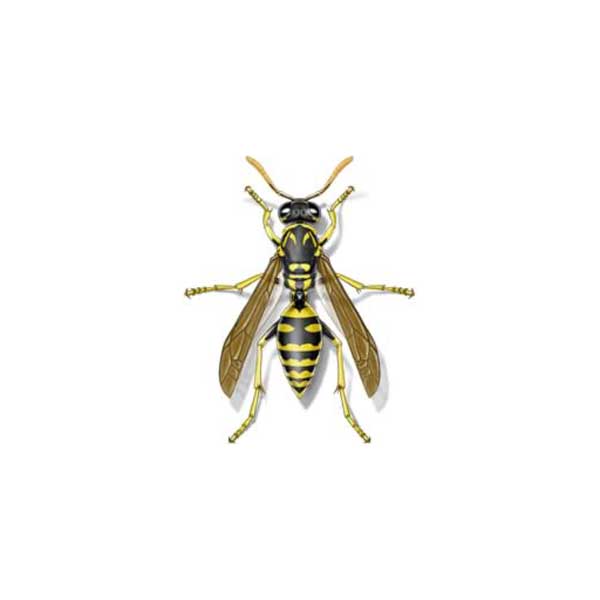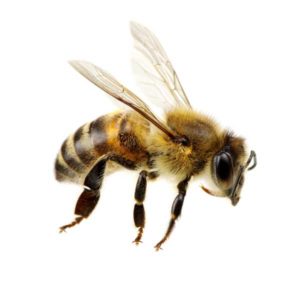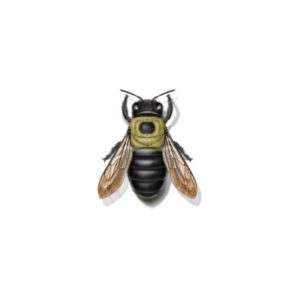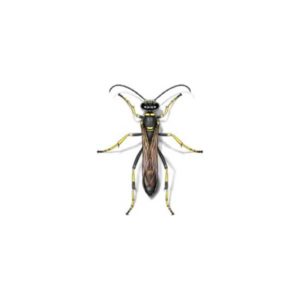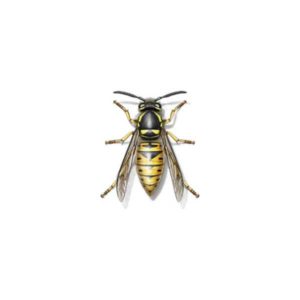Paper Wasps in Iowa
There are over 22 species of paper wasps in the U.S., and most of them are brownish in color with yellow markings. Often confused with yellowjackets, paper wasps are sometimes referred to as umbrella wasps, and are most easily identified by their nests. Paper wasp nests often look like an upside-down paper cone and typically hang from a horizontal surface in a shaded, protected location. Like other types of wasps, paper wasps feed on insects, spiders, and the like.
Paper Wasp Habitat
Paper wasp nests are known to look like upside-down umbrellas and have a papier-mȃché feel to them. Unlike yellow jackets, paper wasp nests are somewhat open and not completely covered. Nests can most often be found either on tree branches or under eaves, attic rafters, and porch ceilings. Because nests can be built directly on a home, these wasps have been known to make their way indoors through holes in attic vent screens or underneath shingles.
Paper Wasp Behaviors, Threats, or Dangers
Similar to mud daubers, paper wasps are considered to be beneficial to the environment for keeping the insect population under control. They also assist in pollination by feeding on nectar. Paper wasps are considered aggressive and have been known to sting repeatedly when threatened. For this reason, it’s important to never disturb their nest. Stings can be extremely painful, which is why you should leave it up to a professional wasp control company to control paper wasp infestations in or near your home.

